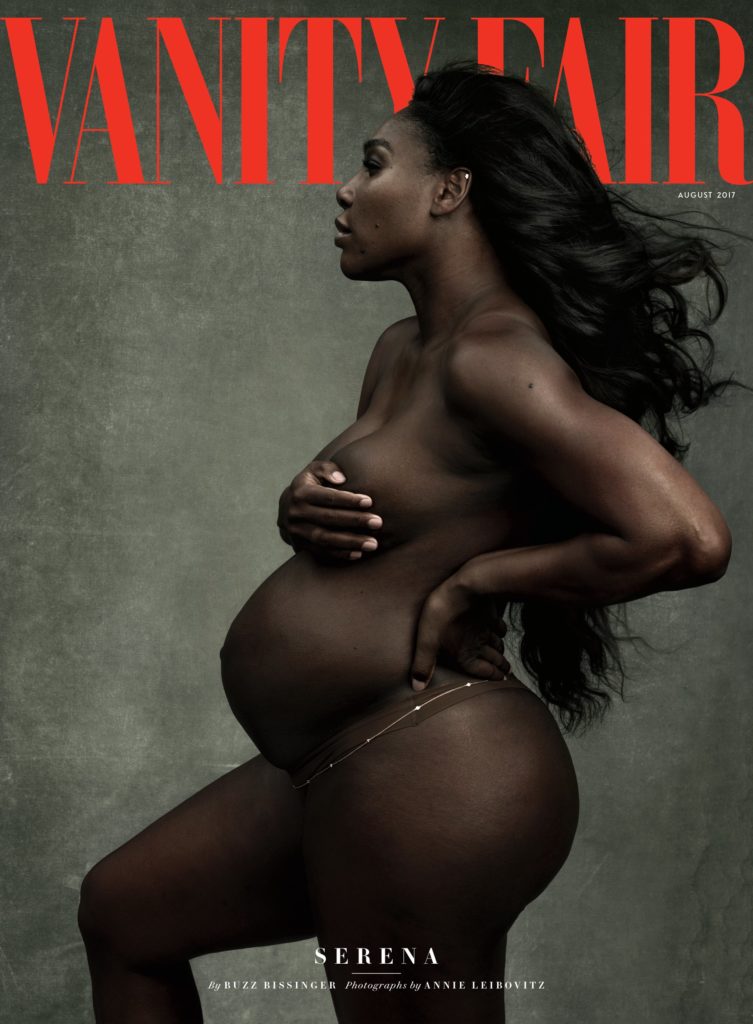
Tennis legend Serena Williams is widely regarded as one of the greatest athletes on the planet, and perhaps ever. She recently achieved another stunning milestone—saving her own life after giving birth, according to a fascinating profile in Vogue. And Williams’ harrowing experience serves as a high-profile microcosm of the racial inequities which still haunt the American medical system.

Vogue outlines how Williams, who suffers from blood clots and must take anti-clotting medication because of it, knew that something had gone terribly wrong just a day after giving birth to her child:
Such a scrape with death makes for a sensational story when it features an icon; but it’s also the story of millions of women of color across the nation, as ProPublica explores in a searing investigative series on the effect socioeconomics has on motherhood in America.
“How To Meet and Date Athletic Women”
Purchase the Paperback Book on Amazon
One piece in that series, titled “How Hospitals Are Failing Black Mothers,” carries special poignance given Williams’ ordeal. “It’s been long-established that black women… fare worse in pregnancy and childbirth, dying at a rate more than triple that of white mothers. And while part of the disparity can be attributed to factors like poverty and inadequate access to health care, there is growing evidence that points to the quality of care at hospitals where a disproportionate number of black women deliver, which are often in neighborhoods disadvantaged by segregation,” writes Annie Waldman.

Indeed, the public data highlights that when it comes to death and disease, from cancer to blood disorders to postpartum complications, the American medical system has a stubborn and long-standing racial gap.
Article Source: Fortune
